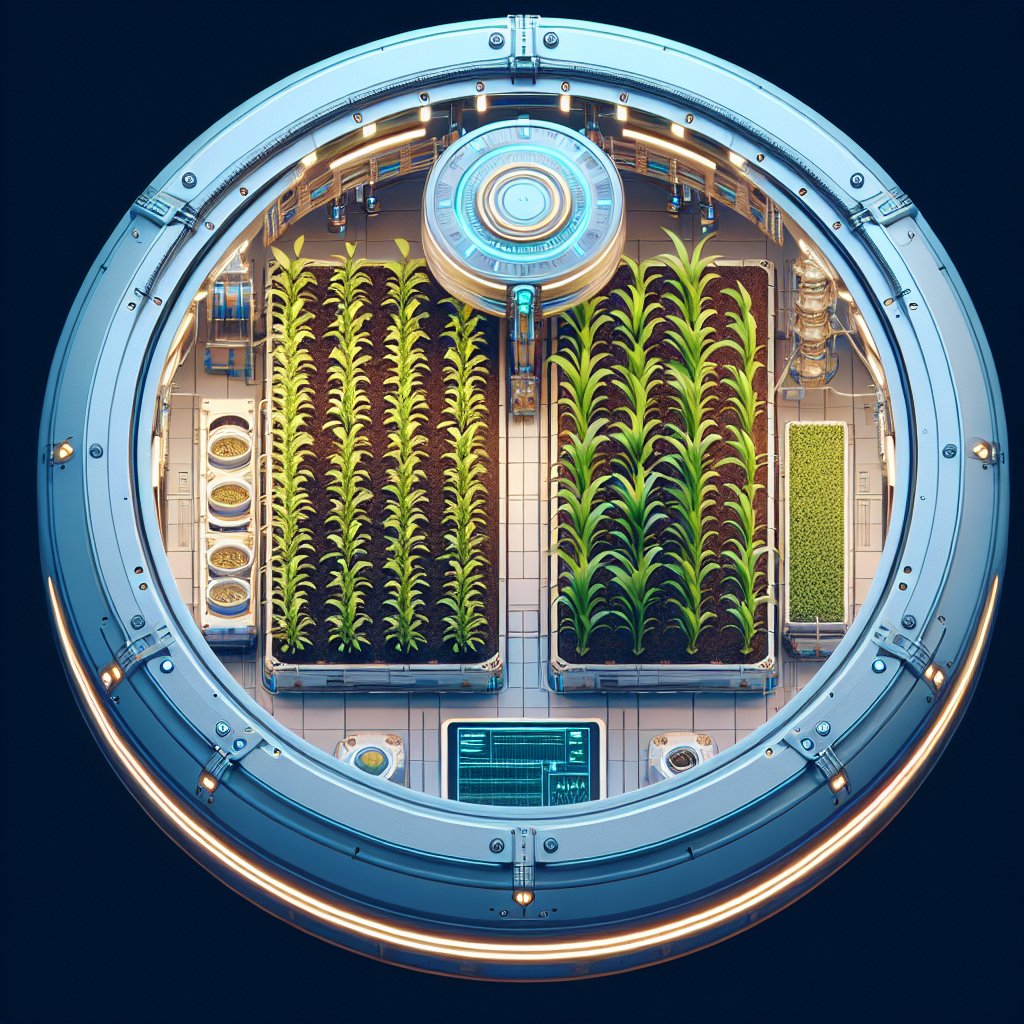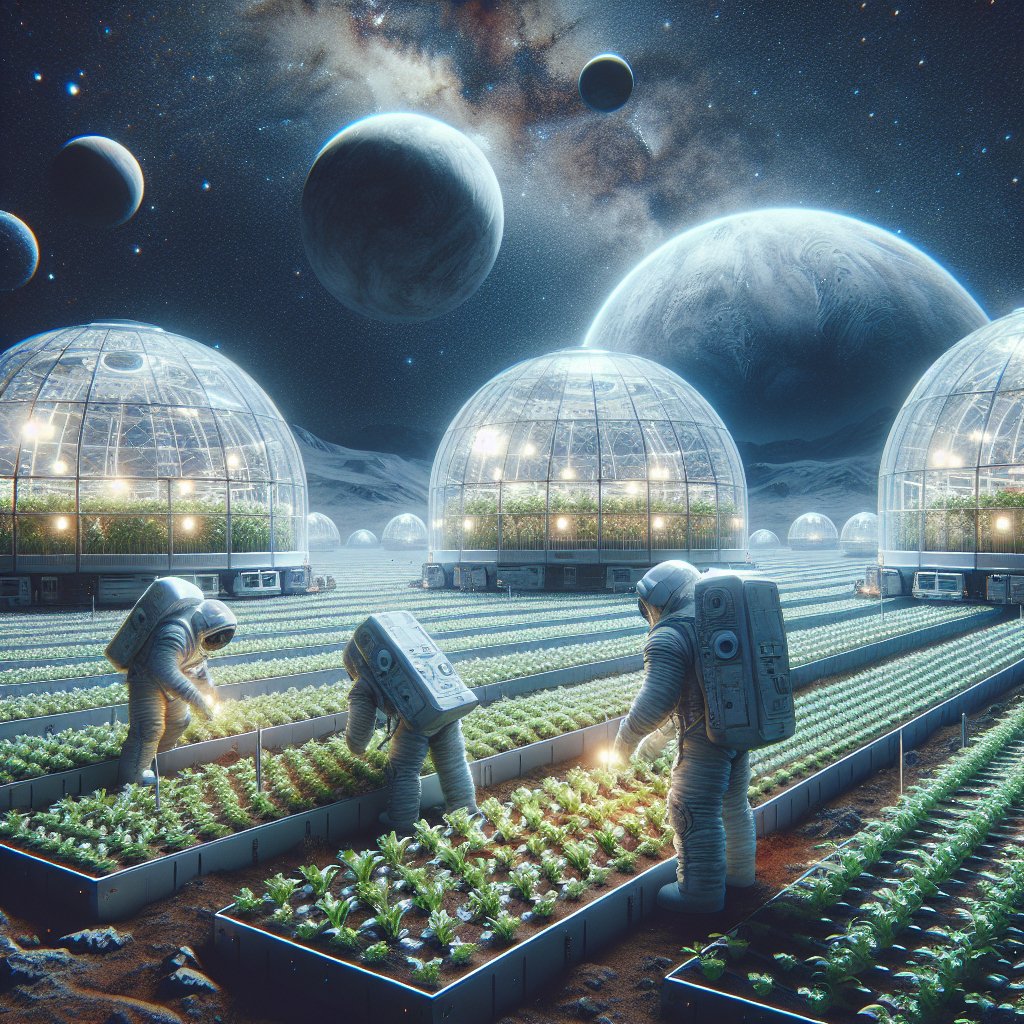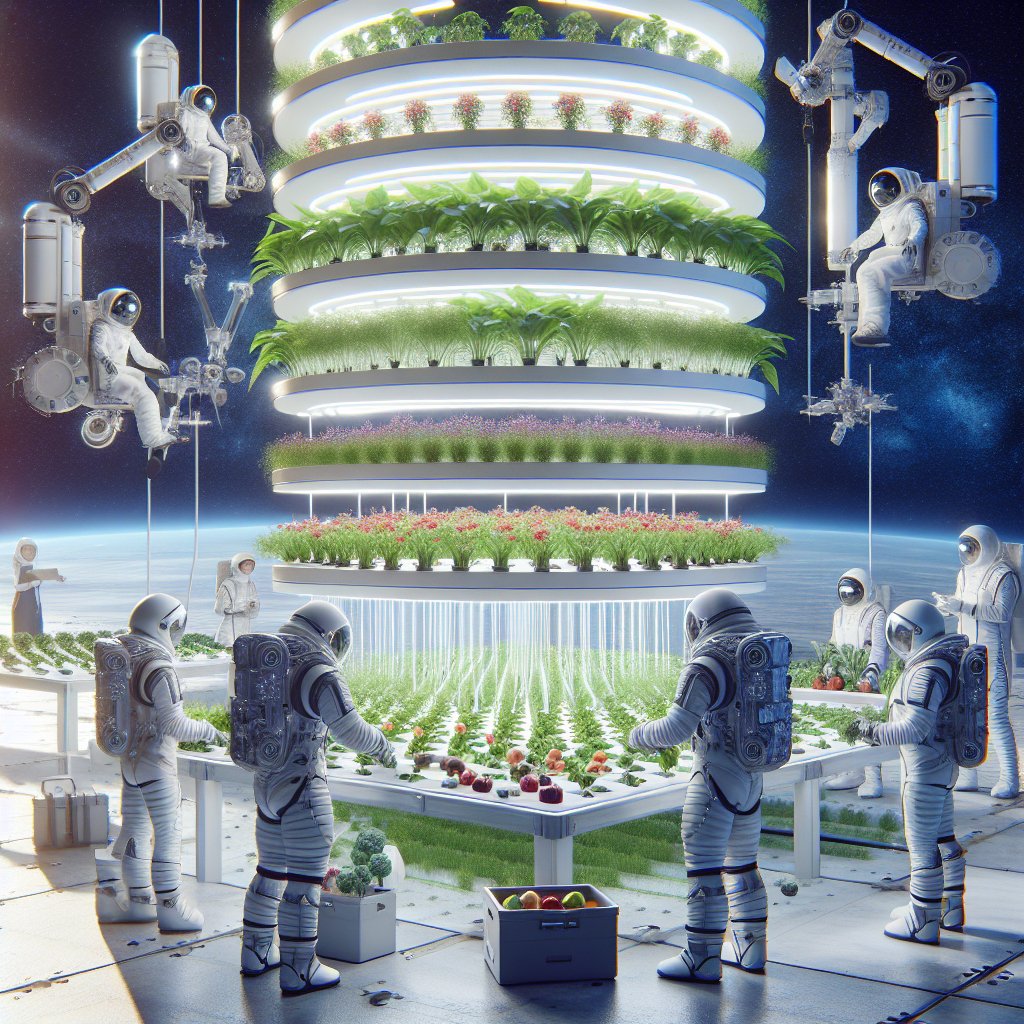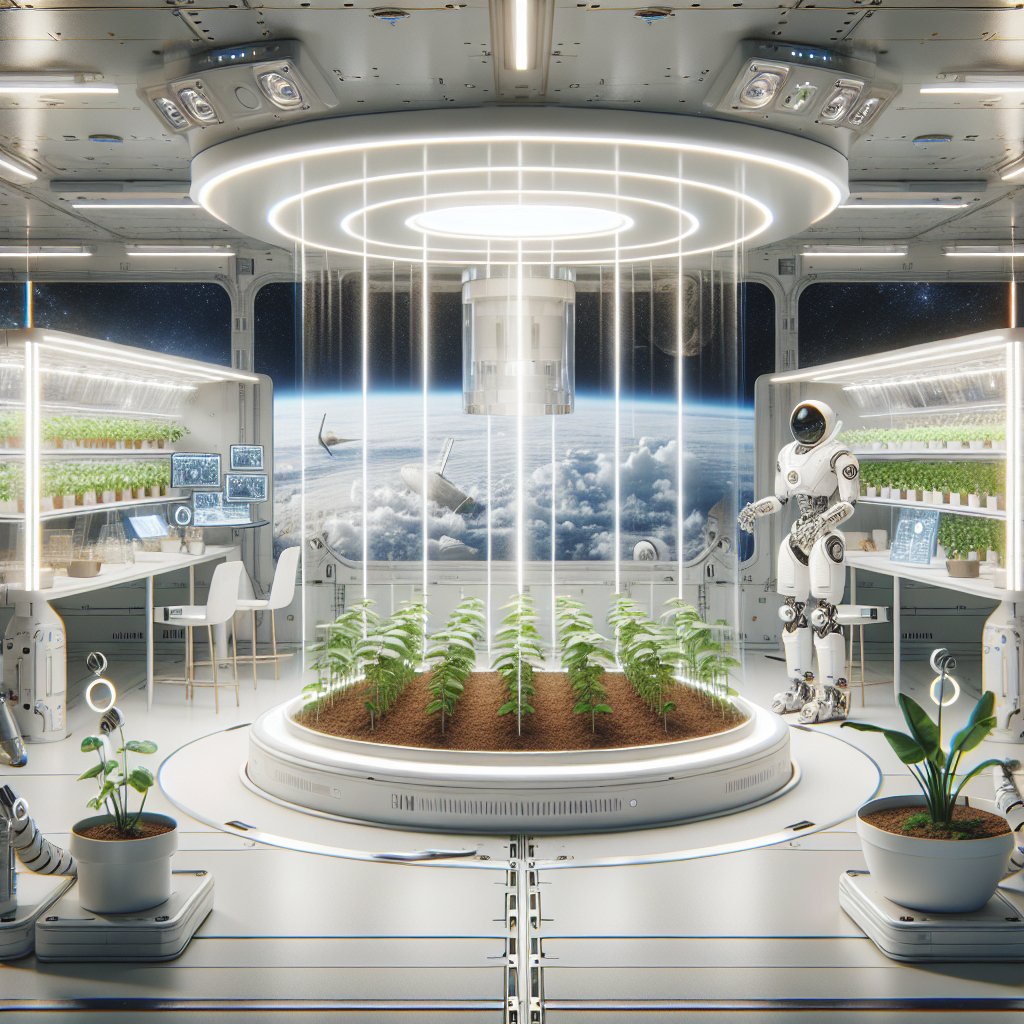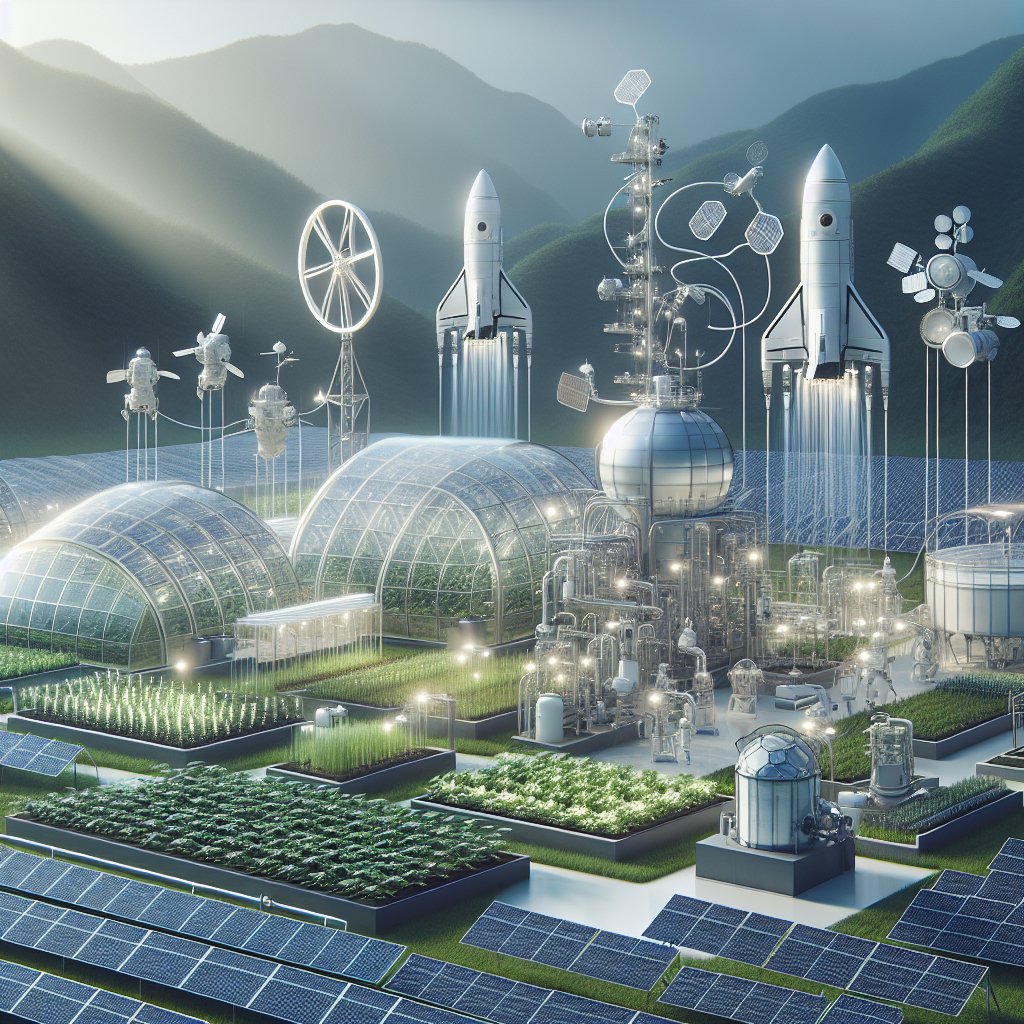The challenges of building space-based food production facilities are multifaceted, encompassing technological, biological, and logistical hurdles that must be overcome to ensure sustainable human presence beyond Earth. As humanity looks toward the stars, the need for reliable food sources in space becomes increasingly critical, especially for long-duration missions to destinations like Mars or lunar colonies. This article explores the various challenges associated with developing food production systems in space, as well as potential solutions and innovations that could pave the way for successful extraterrestrial agriculture.
Technological Challenges in Space Agriculture
One of the primary challenges in establishing food production facilities in space is the technological limitations imposed by the harsh environment beyond Earth. Space is characterized by microgravity, extreme temperatures, and high levels of radiation, all of which can adversely affect plant growth and food production systems.
Microgravity Effects on Plant Growth
Microgravity presents a unique set of challenges for plant biology. On Earth, gravity plays a crucial role in the way plants orient themselves, with roots growing downward and stems growing upward. In microgravity, this natural orientation is disrupted, leading to unpredictable growth patterns. Research has shown that plants grown in microgravity exhibit altered gene expression, which can affect their overall health and productivity.
To address these issues, scientists are exploring various methods to simulate gravity in space. One promising approach is the use of centrifuges that can create artificial gravity through rotation. By rotating plant growth chambers, researchers hope to provide a more Earth-like environment for plants, potentially improving their growth and yield.
Radiation Protection
Another significant challenge is the exposure to cosmic radiation, which can damage plant cells and affect their growth. On Earth, our atmosphere and magnetic field provide a protective shield against harmful radiation. In space, however, this protection is absent, necessitating the development of shielding technologies to protect crops.
Potential solutions include using materials that can absorb or deflect radiation, such as polyethylene or water. Additionally, growing plants in underground or shielded habitats could provide an extra layer of protection. Research into genetically modifying plants to enhance their resistance to radiation is also underway, offering a potential avenue for developing hardier crops suitable for space environments.
Biological and Ecological Considerations
Beyond technological challenges, the biological and ecological aspects of space agriculture present their own set of difficulties. The closed-loop systems required for sustainable food production in space must carefully balance the needs of plants, microorganisms, and humans.
Soil and Nutrient Management
On Earth, soil provides essential nutrients for plant growth, but transporting soil to space is impractical. Instead, researchers are investigating alternative growing mediums, such as hydroponics and aeroponics, which use nutrient-rich water solutions to support plant growth without soil. These systems can be more efficient in terms of water and nutrient use, making them ideal for space applications.
However, the challenge lies in ensuring that these systems can provide all the necessary nutrients for healthy plant growth. This requires a deep understanding of plant nutrition and the ability to monitor and adjust nutrient levels in real-time. Additionally, the recycling of waste products from both plants and humans will be crucial in maintaining a sustainable ecosystem.
Microbial Interactions
The role of microorganisms in plant growth cannot be overlooked. Beneficial microbes can enhance nutrient uptake, promote plant health, and even protect against pathogens. In a space-based agricultural system, maintaining a healthy microbial community will be essential for optimizing plant growth.
However, the introduction of non-native microbial species into a closed environment can lead to unforeseen consequences. Researchers must carefully select and manage microbial populations to ensure they contribute positively to the growth of crops while minimizing the risk of disease or imbalance in the ecosystem.
Logistical Challenges and Solutions
Logistics play a critical role in the success of space-based food production facilities. From the transportation of materials to the management of resources, the complexities of operating in space require innovative solutions.
Transportation and Resource Management
Transporting materials to space is expensive and logistically challenging. As such, developing systems that can utilize in-situ resources—such as lunar regolith or Martian soil—will be essential for reducing reliance on Earth-based supplies. Research into the feasibility of growing plants in these extraterrestrial soils is ongoing, with studies examining how plants can adapt to and thrive in these environments.
Additionally, the management of water resources is critical. Water is a finite resource in space, and efficient recycling systems will be necessary to ensure a continuous supply for both human consumption and agricultural needs. Technologies such as water recovery systems, which capture and purify water from waste, will be vital in maintaining a sustainable food production facility.
Psychological and Social Factors
Beyond the technical and logistical challenges, the psychological and social aspects of space agriculture must also be considered. The act of growing food can have significant psychological benefits for astronauts, providing a sense of purpose and connection to Earth. Creating a positive and engaging environment for crew members will be essential for long-duration missions.
Incorporating social elements into space agriculture, such as community gardening or collaborative growing projects, can foster teamwork and improve morale among crew members. Understanding the social dynamics of working in confined spaces will be crucial for the success of any space-based agricultural initiative.
Future Prospects and Innovations
Despite the numerous challenges, the future of space-based food production holds great promise. Advances in technology, biology, and resource management are paving the way for innovative solutions that could revolutionize how we think about food in space.
Vertical Farming and Controlled Environment Agriculture
Vertical farming and controlled environment agriculture (CEA) are emerging as viable options for space-based food production. These methods allow for the efficient use of space and resources, enabling crops to be grown in stacked layers under controlled conditions. By optimizing light, temperature, and humidity, CEA systems can maximize crop yields while minimizing resource use.
Research into automated systems for monitoring and managing these environments is also underway. Robotics and artificial intelligence could play a significant role in optimizing plant growth, allowing for real-time adjustments to environmental conditions based on data collected from sensors.
Bioregenerative Life Support Systems
Bioregenerative life support systems (BLSS) represent a holistic approach to space agriculture, integrating food production with waste recycling and air purification. These systems aim to create a self-sustaining ecosystem that can support human life in space by mimicking Earth’s natural processes.
By combining plant growth with microbial processes, BLSS can recycle waste products and produce food, oxygen, and clean water. This approach not only addresses the challenges of food production but also contributes to the overall sustainability of human habitats in space.
Conclusion
The challenges of building space-based food production facilities are significant, but they are not insurmountable. Through innovative research and collaboration across disciplines, humanity can develop the technologies and systems necessary to sustain life beyond Earth. As we continue to explore the cosmos, the ability to grow food in space will be a critical component of our journey, ensuring that we can thrive in new worlds and expand our presence in the universe.
